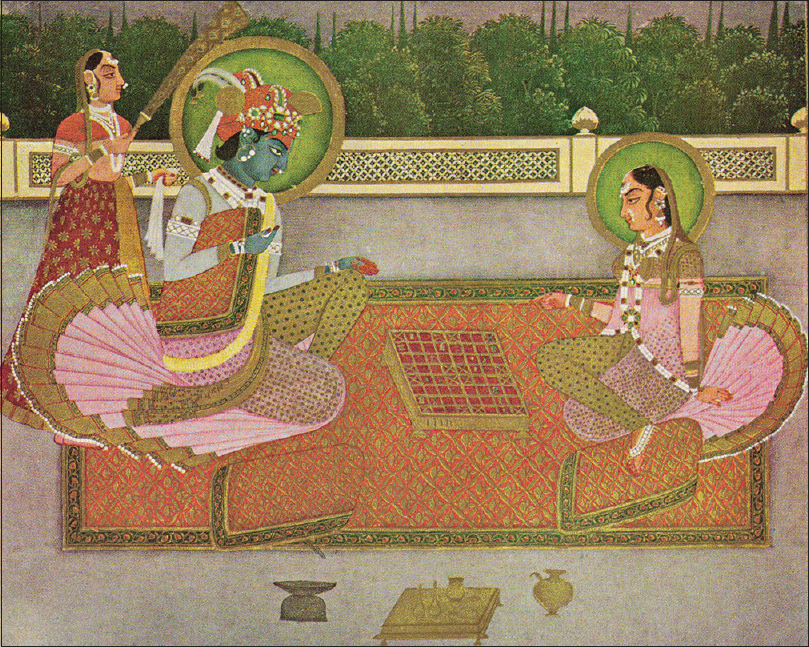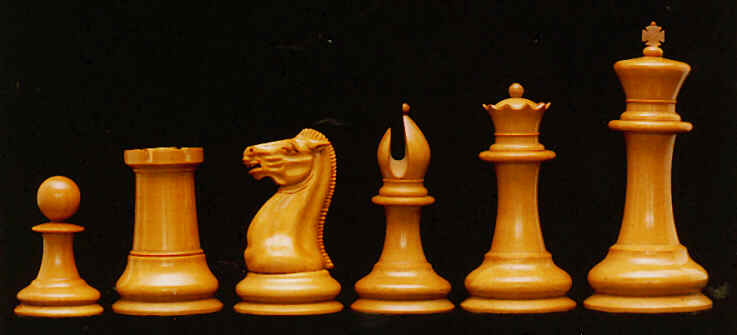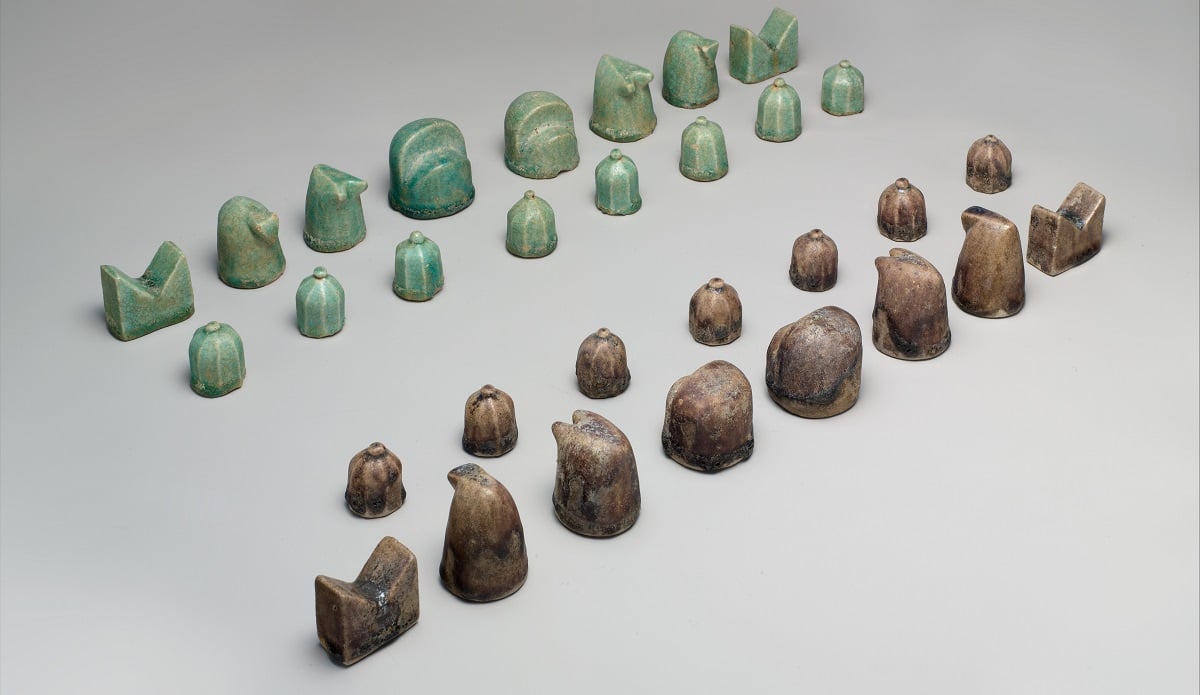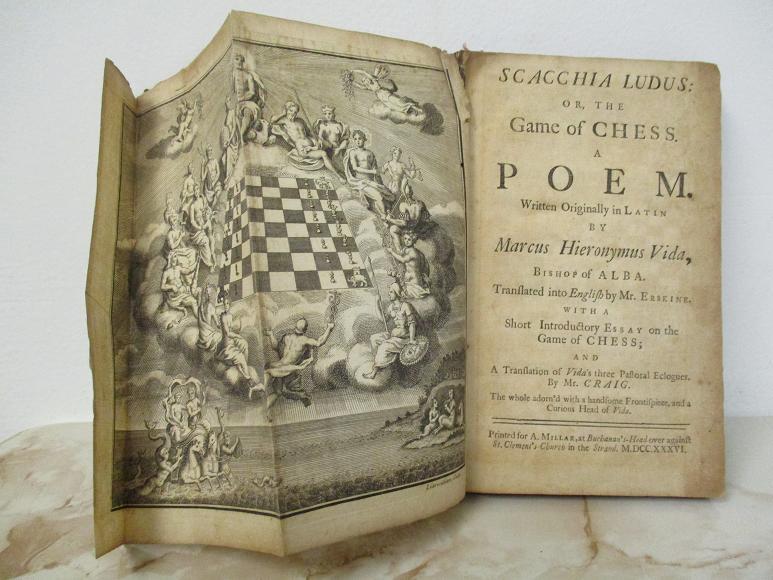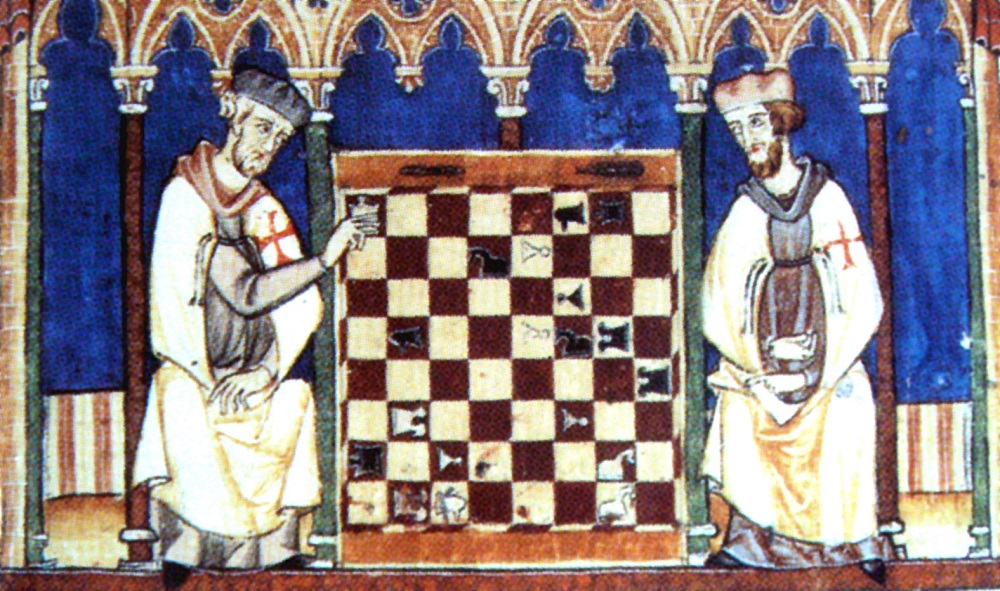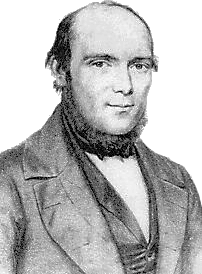Chess’s Board, Pieces, & Rules: How the Game Evolved Over 2000 Years
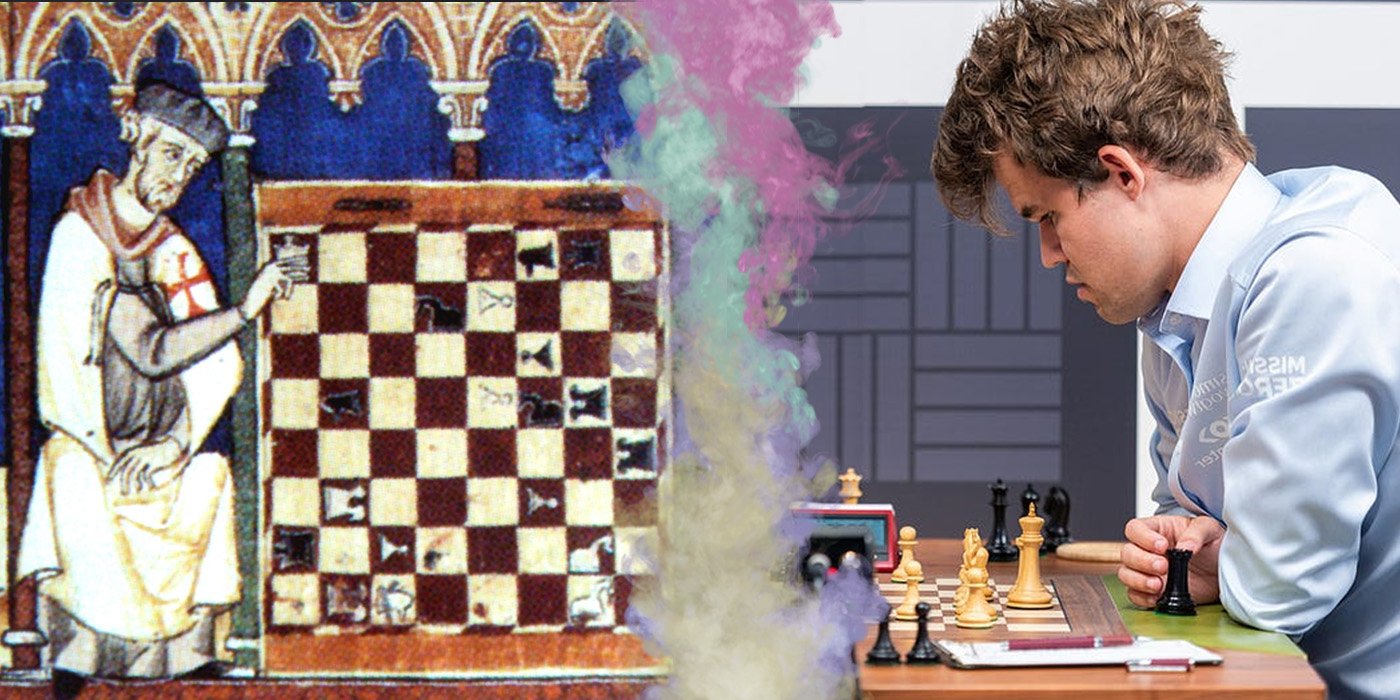
Chess is a very old game, but Chess’s board, pieces, and rules have changed probably a lot less than you’d expect over 2,000 years.
Board games have been great sources of entertainment for nearly 5,000 years with Senet from Ancient Egypt. Most of these board games fell by the wayside over the millennia. However, some managed to stick around. Granted, with some evolution along the way. The best example of this is, undoubtedly, Chess.
With any look back at a long history, there will be jumps, gaps, and even some conflicting information. So keep that in mind moving forward. Because today we are going to go over the origins of Chess and how it got to be the way it is.
Origins of the Chess Board
The literal foundation of the game is the board on which it is played. Most often you’ll see the beginning of Chess noted as having begun with the Indian game of Chaturanga. The earliest clear reference is in the 6th century. But that was spawned from a different game called Shatranj from the Sasanian Empire with references dating back as far as the Persian text of Shah Ardashir I who ruled the empire between 224 and 241 and was a noted master of Shatranj. But even then Shatranj is noted as the Persian word for Chaturanga. So again, it’s hard to pinpoint any exact information.
Either way, the board itself was 8×8 from the start, on a board from Ashtapada, which was an entirely separate game. Originally, the squares were all the same color, but featured special locations called “castles”. Pieces in a castle could not be captured.
Origin of Chess Pieces
The earliest known Chess pieces were found at Afrasaib dated to 760 AD, near Samarkand in what is currently Uzbekistan. Seven pieces were recovered, including a king, chariot, vizier, horse, elephant, and 2 soldiers each made of ivory.
The Pawn (Piyade)
The pawn was originally called the piyade in India and has remained mostly unchanged from its original capabilities. The only notable differences are the addition of being able to move two spaces forward on the initial move and the en passant.
If you know, what en passant is, I bet you have strong opinions on your favorite variety of brandy. The rule was conceived in 1561 by European players, as was the option to move two spaces from the start. But en passant didn’t become an official rule until 1880. It caught on quickly as it allowed for fewer games with locked down and crowded center ranks.
Chess in medieval times even gave pawns a little more identity. The Game and Playe of Chesse, published in 1470 as the second English book ever printed, even gave each pawn a unique occupation. They are (starting from the left): Gambler, City Guard, Innkeeper, Doctor, Merchant, Weaver, Blacksmith, and Farmer.
The Rook (The Chariot)
The Persian word rukh means “chariot”, and was the original design for the piece. Early Persian chariots were heavily armored, giving the appearance of a strong fortified battlement. The earliest finding of the shift to a crenelated tower didn’t occur until 16th century Europe in Ludus Scacchia. Even then, it was still situated on the back of an elephant, which slowly disappeared over time.
The Knight (The Faras)
You don’t mess with perfection and of all the pieces, the knight is the least changed. Its design hasn’t really changed since its beginnings in Chaturanga in the 6th century.
If it ain’t broke, don’t fix it.
The Bishop (The Alfil)
The Bishop began as an alfil, meaning elephant, and originally could jump two squares diagonally. The bishop as it exists today appeared around 1200 in some chess variants, but also the bishop appears around the same time in the Japanese game of Shogi.
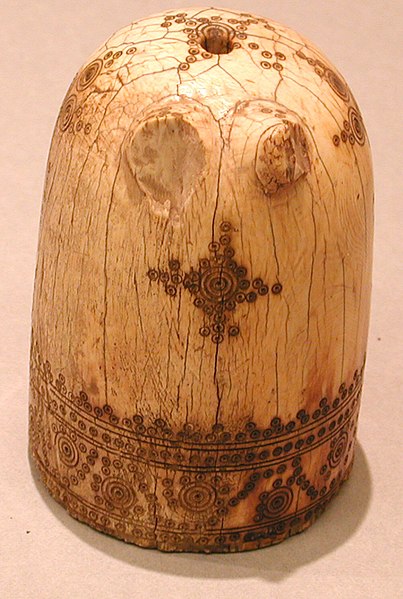
There is some discussion on how and when and why the piece changed from an elephant to a priestly figure. It may have happened as far back as the 1300s, where in the Icelandic text Saga of Earl Mágus, it is described how an emperor was checkmated by a bishop.
Of all the chess pieces, the bishop might have the most muddled origin story.
The Queen (The Ferz)
The most powerful chess piece had very humble beginnings as the vizier, counselor, or prime minister, depending on your country of origin. Initially, the piece could only move one square diagonally. However, around 1300 (a big century for Chess apparently) it gained the ability to jump two squares, but only on the first move, like the pawn.
Over time, the piece changed into the queen we know and love today. In the Medieval Latin poem, Einsiedeln Poem, written in 997 is the first known mention of the piece as a queen, or the Latin “regina”. There was some conflict with the usage during the 15h century while Catholic nations used Latin names like domina, which was heavily connected to the Virgin Mary. So, Protestant nations used secular terms to avoid suggesting any relation to the figure.
The queen got a huge buff around 1500, where she gained the powers of the rook and bishop together. There was even a time in 1700s Russia when the queen could also move like the knight. Prior to the 19th century, the queen was considered so important, that the rules even dictated the requirement to announce to your opponent when the queen was in a position to be captured. Basically like calling “check”, but for the queen too.
The King (The Shah)
I lied earlier. The king is the least changed piece. The king hasn’t really changed at all. Granted, some of the rules and options have evolved around the king. But, like many kings of the past, he won’t change for anyone.
Origin of the Rules of Chess
Even though Chess only has a mere 8 by 8 grid, no fog of war, no technology tree, no random map or spawn position, and only 2 players, both sides exact same pieces, it’s a game that has withstood the test of time unlike any other. Even though Chess’s rules took us millennia to really nail down.
The general rules of Chess started to become mostly solidified around 1200-1400, things like piece movement and initial setup. The game was hugely popular in the European regions, especially Spain, Italy, and France.
The Modern Era
As Chess moved into the 1700s, the era of romanticism began to infuse into it. Chess sets began holding these lofty aspirations of being a game of beauty and elegance. Chess was a duel of wits, and as such, many of Chess’s best-known gambits were founded around this era. Similarly, many of the more minute rules of Chess are set, like rules for stalemating.
By the 1800s, Chess was a global sport. The first modern Chess tournament was held in London in 1851 and won by German Adolf Anderssen, the leading Chess master of his time. Since then, Chess tournaments are found the world over. With the invention of computers, the first “chess engines” were invented in the 1960s and now anyone with the wherewithal to do so can hop on over to Chess.com and play against anyone in the world.
Nowadays, Chess is as much a part of pop culture as anything else. Shows like The Queen’s Gambit really skyrocketed Chess’s popularity, and Grandmasters like Hikaru Nakamura and Magnus Carlsen are celebrities in their own right, both with social media followings in the millions.
It’s clear that Chess is a game that will not be forgotten anytime soon and will certainly be enjoyed for another 2,000 years. But who knows how much it will change by then?

